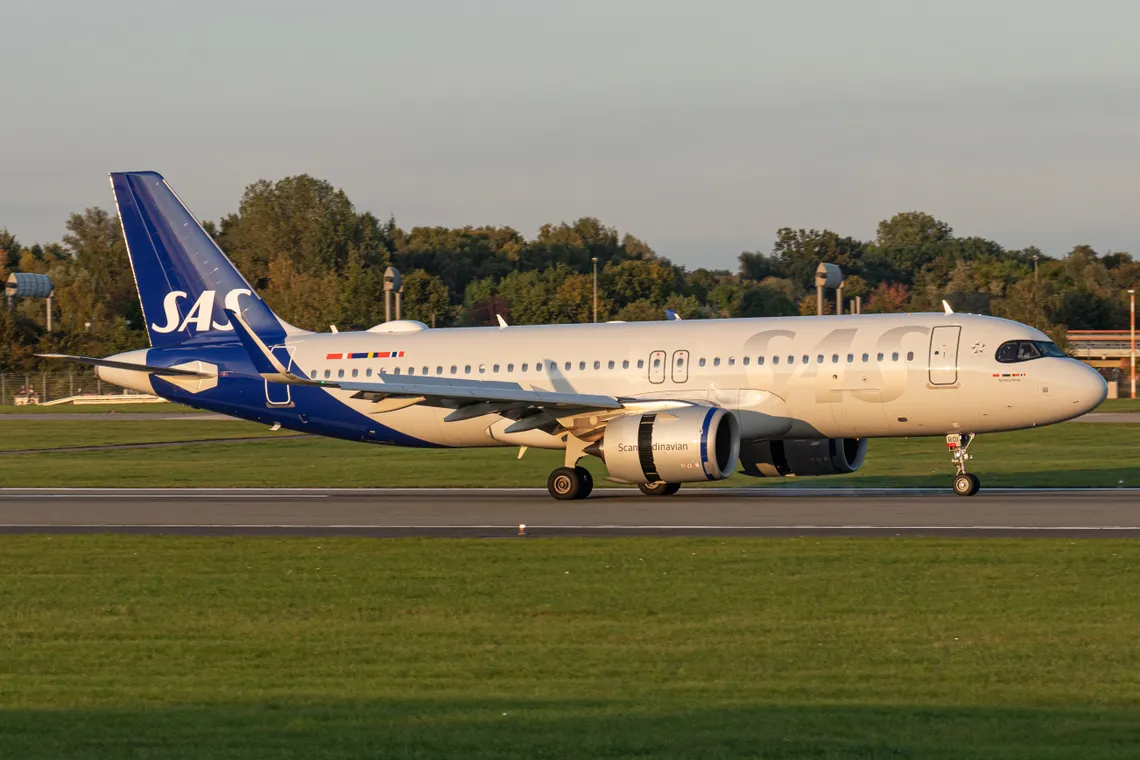Europe, the world’s most visited regional destination, recorded a robust 5% increase in international tourist arrivals, the highest across all regions and a notable result for a rather mature region. Asia and the Pacific, the Americas and the Middle East all enjoyed 4% growth, while limited data available for Africa points to an estimated 5% decrease in the number of international tourists.
“Sustained growth in international tourism is very positive news for all as the sector increasingly contributes to creating jobs, promoting trade and investment, developing infrastructure and fostering inclusive economic growth. This is particularly true in recent years, when tourism has been instrumental in supporting the economic recovery of many countries and in generating new jobs” said UNWTO Secretary-General, Taleb Rifai.
“Yet, we should not be complacent. We need to continue advancing fundamental issues such as travel facilitation and connectivity while placing sustainability at the core of our action. As world leaders prepare to meet in Paris next December for the 21st Session of the Conference of Parties to the UN Framework Convention on Climate Change (COP21/CMP11) and following the approval of the 2030 Agenda for Sustainable Development by the UN General Assembly in September 2015, sustainability must be at the forefront of the tourism agenda”, he added.
Regional Results
A very busy summer season contributed to the remarkable results of Europe where international arrivals increased by 5% between January and August 2015. The euro area continues to benefit from a weaker currency and a sustained economic recovery. Central and Eastern Europe (+7%) rebounded from last year’s decline. Northern Europe (+6%), Southern Mediterranean Europe (+5%) and Western Europe (+4%) all recorded sound results for subregions with many mature destinations. The 28 countries of the European Union (EU-28) boasted 6% more arrivals this period, exceeding the regional average.
Asia and the Pacific recorded a 4% increase in international arrivals through August. Oceania (+7%) led growth, followed by South-East Asia (+6%), with Thailand showing a strong rebound after weaker results last year. Arrivals grew by 4% in South Asia and by 3% in North-East Asia, where Japan continues to show extraordinary growth.
International arrivals in the Americas grew by 4% between January and August 2015, consolidating last year’s strong results. The appreciation of the US dollar has stimulated outbound travel from the United States. The Caribbean and Central America (both +7%) saw the highest growth in the region fuelled largely by the US and European markets. Results in South America (+4%) were in line with the regional average, while in North America (+3%) growth was weighed down by weaker arrivals in the United States.
Limited available data for Africa points to a 5% decline in arrivals, with North Africa decreasing by 10% and Sub-Saharan Africa by 3%. International tourist arrivals in the Middle East grew by an estimated 4%, consolidating the recovery that started in 2014.
(Source: Travel and Tour World Global Travel News 30 October 2015)

![AzLrlDbmlx6kgeUj2ugA4IQv1RozY_VEFbdHGpEL0ag[1]](https://www.ttoscandinavia.com/wp-content/uploads/2015/11/AzLrlDbmlx6kgeUj2ugA4IQv1RozY_VEFbdHGpEL0ag1-696x464.jpg)
























